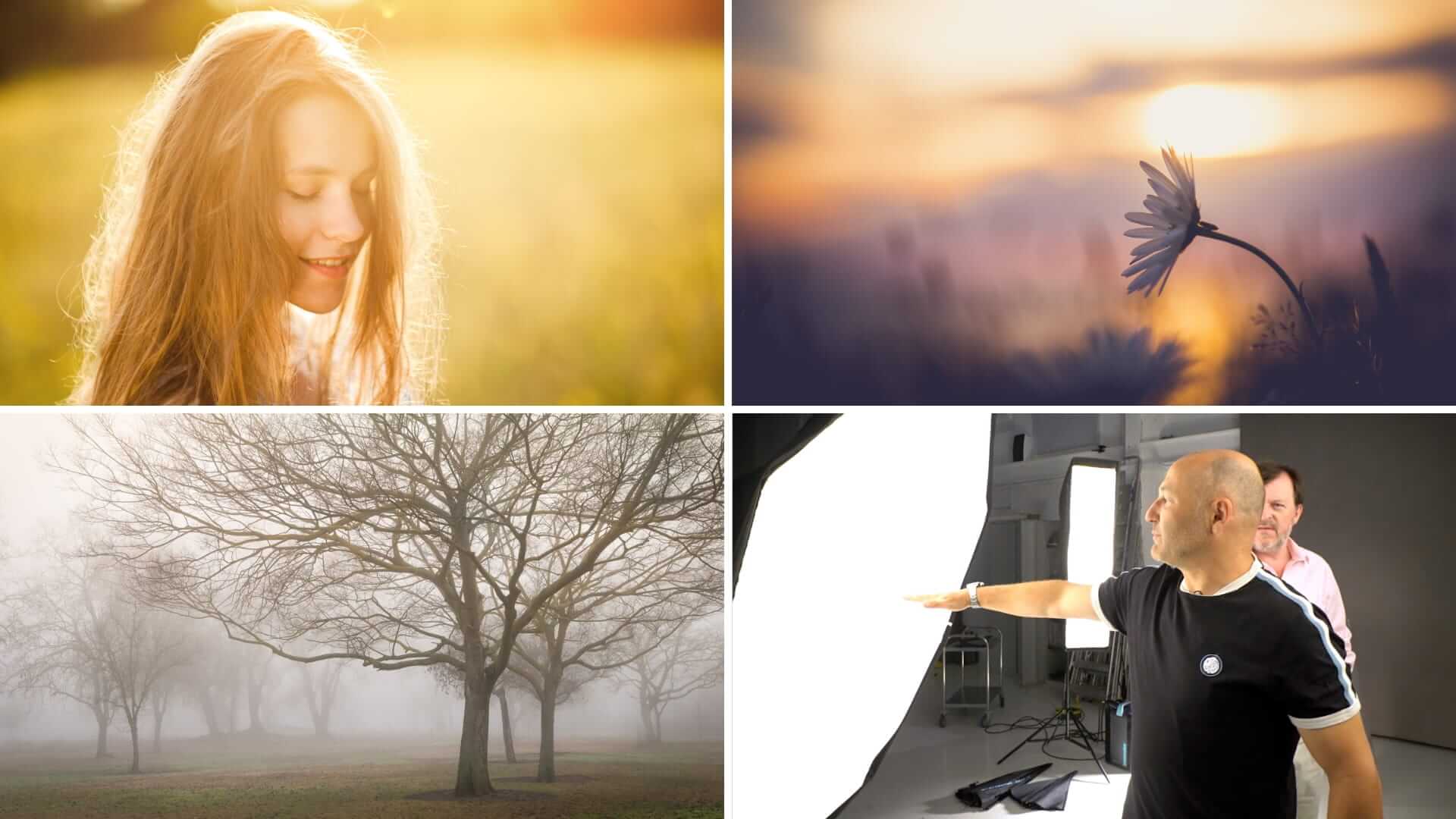Knowing how to create and use soft light is a crucial skill for all photographers and cinematographers. Soft light can be harder to obtain and control than hard light, but the result, when done right, can look fantastic. So what is soft light, and how can we use it?
What is Soft Light Photography
Soft lighting definition
Whether you're a painter, photographer or cinematographer, light is integral to the work. In every image, light isn't simply there to illuminate a subject, it can also beautify, empower, dramatize, or even conceal them. Master image-makers can tell an entire story through the lighting alone.
Needless to say, you need to understand how light works so that you can make it bend to your artistic will.
Before we get into how one can create soft lighting, let’s discuss what this type of light means. After all, it’s hard to make something when you don’t know what that something really is.
SOFT LIGHT DEFINITION
What is soft light?
Soft light is diffused light that avoids casting harsh shadows on its subject. This is otherwise known as "diffused light." Instead of hard-edged shadows, the division between light and dark becomes gradual and even. You’ll know you’ve achieved this lighting effect when your subject lacks extreme highlights and lowlights.
Benefits of soft lighting:
- Smoother, gradual division between light and shadow
- Often used to give the subject a softer or romantic feel
- Facial features and imperfections are less noticeable
This video shows us what diffused lighting looks like on a person, and why it’s desirable. It also explains the various ways to diffuse light and the effects of softer light vs. hard light.
What is soft light photography?
What is Soft Light?
Soft light vs hard light
You might assume that soft light implies the existence of hard light. Good assumption. So what is the difference between hard light and soft light? Hard light is a harsh, pointed light source that casts vivid, well-defined shadows and highlights on its subject.
The difference between the two types of light and the effects they’ll have on your shot is vast. You might have a light positioned at the exact same angle, but if it’s a hard light, you’ll get an image that is very different in style and tone than if it were soft.
Let’s look at this example here:
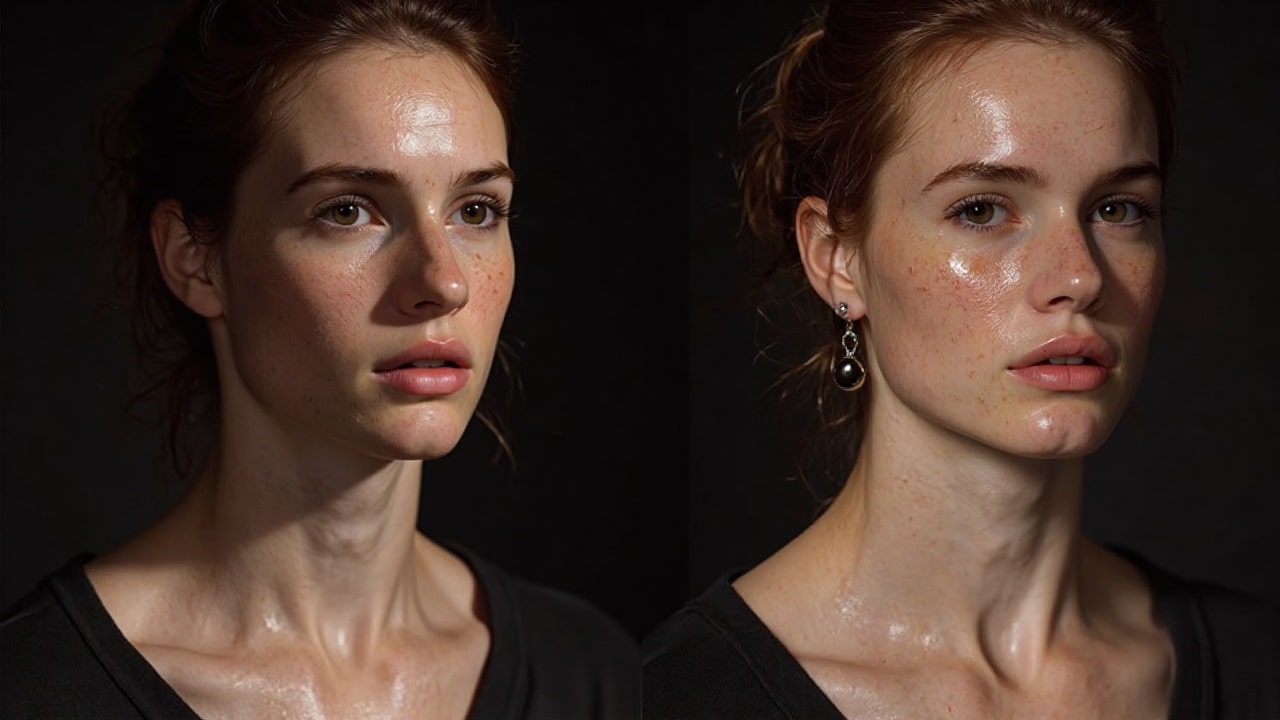
Soft light vs hard light
Notice the jagged shadows on the subject’s face in the left photo. The result is something far more dramatic, but also far less flattering, than the photo on the right. This is a great example of how lighting aids an actor's performance — by pushing our perceptions of this character in various directions simply because of the quality of light.
The "character" on the left appears more serious and dramatic. And the "character" on the right is more friendly and approachable. This leads us to our next section about when and why you would want to use soft or diffused light.
Soft Light Photography Examples
When to use soft light
So now that we’ve answered “what is soft light,” let’s look at when it should be used. Diffused lighting doesn’t need to be the more boring of the two lighting styles. Just because hard light can often have more texture and drama inherent to it doesn’t mean that soft light photography needs to create totally washed out, bland images.
Let’s look at some uses of soft lighting in film, and what they achieve.
HER (2013)
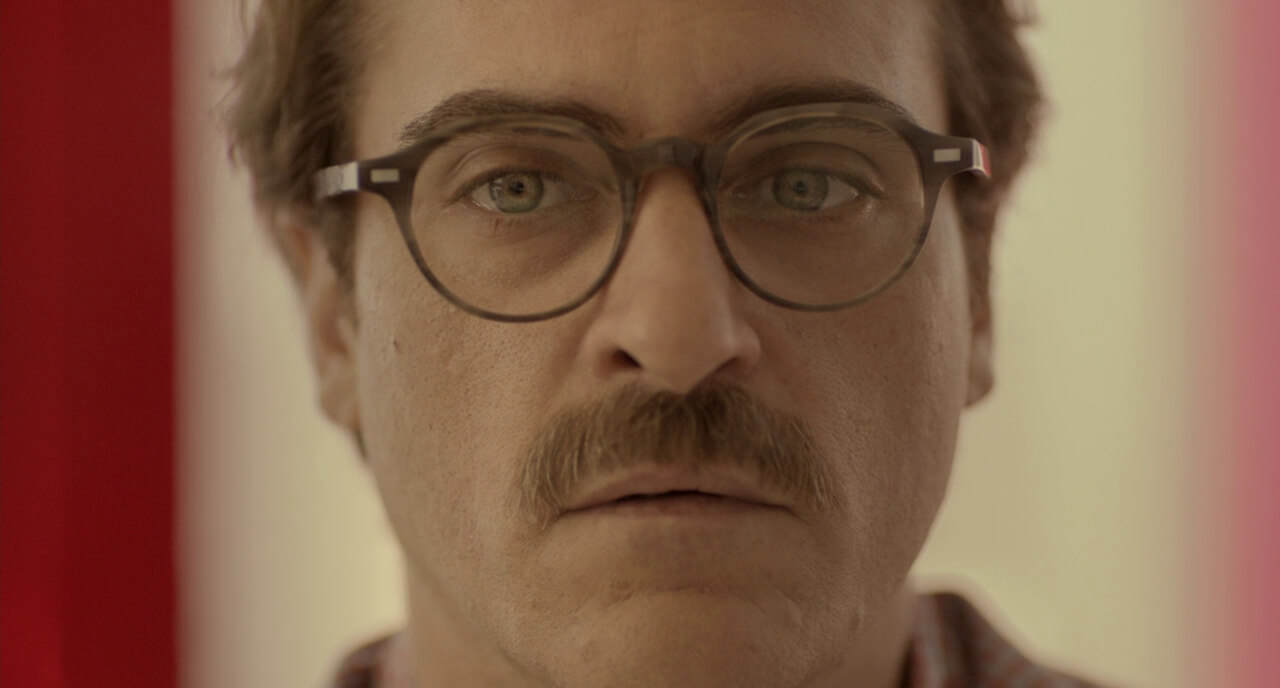
Soft light portrait
Spike Jonze’s Her is filled with diffused light. Almost every shot avoids harsh shadows or bright spots. It's also a romantic film (mostly) so this lighting style aids that mood as well. By doing this, Jonze creates a future that is easy on the eyes — everything is supposed to be better, simpler.
This is at odds with our protagonist, and helps heighten the contradictions between what we’re seeing and he’s feeling.
NCIS (2003- )
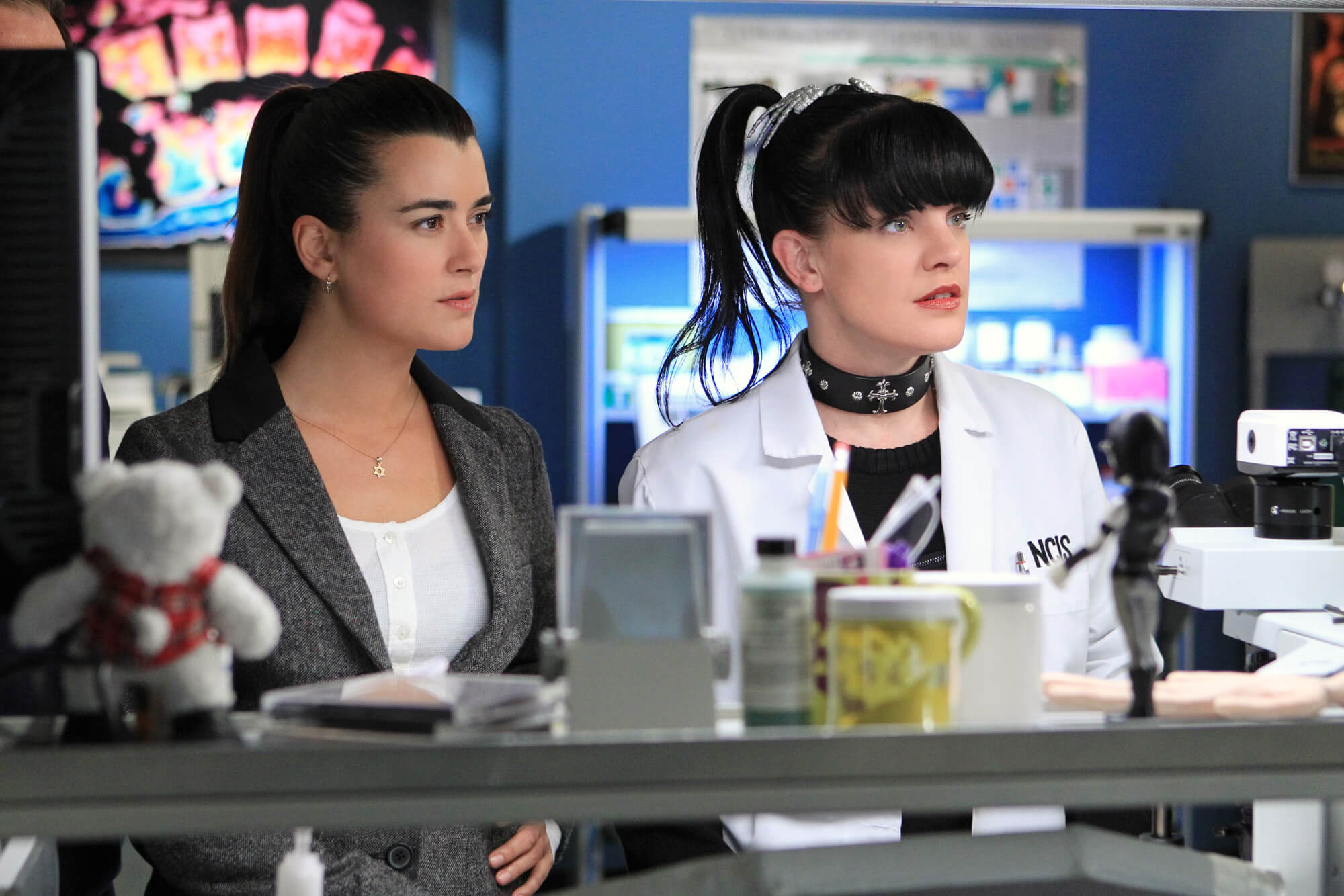
What is soft light photography
Ah, good old NCIS – never a hard light in sight. There’s a few reasons NCIS and shows of its ilk lean heavily on this type of lighting. The biggest one is that it’s easier for actors and cameras to move in.
Because this type of lighting spreads a wider beam angle, actors can move around within a scene and still be well-lit. With hard light, they would need to stay on their marks, or a more elaborate set up would be needed.
This is great for shoots that need to work at a fast clip and don’t have time for complex marks or constantly shifting lighting rigs.
STARSHIP TROOPERS (1997)

Soft lighting in film
Leave it to director Paul Verhoeven to use diffused light in a subversive manner. Starship Troopers is one of the most jam-packed satires ever, with almost every element directed towards a satirical end, lighting included. The soft light of Troopers serves two purposes.
First, like Her, it creates a utopian future, where everything is soft, appealing, and well-lit. Second, it emphasizes the good looks of the cast: this type of light is always flattering, and Verhoeven deliberately cast attractive actors to make the film feel like wartime propaganda.
Soft Light vs Hard Light
How to get soft lighting
Okay, so soft lighting in film is useful. How do we create it on set? Here’s some soft lighting photography tips.
First and foremost, use a diffuser. If you’re shooting a bare, unfiltered light at your subject, there’s a 99.99% chance that that light is going to be hard. So use a softbox, or if you don’t have one, hang some diffusion material in front of your source to spread the light source more evenly.
If you’re shooting outside in the middle of the day, you’ll have to reckon with the sun, which usually behaves as a hard light (unless it’s cloudy, in which case, congratulations, you have naturally diffused light). To counteract the sun’s harshness, bring out a bounce board or reflector, which can provide a strong fill light that will do away with the strong shadows.
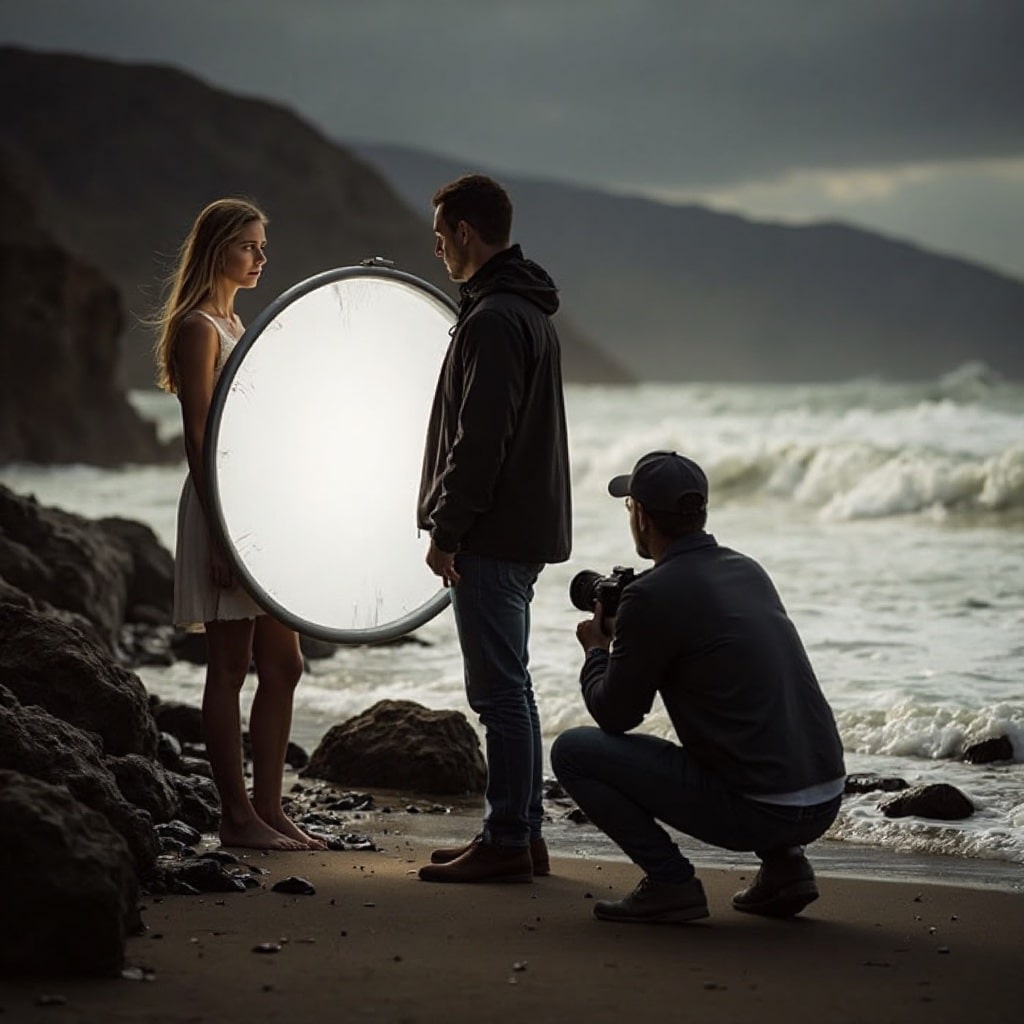
Soft light portrait
Soft light can be obtained anywhere by anyone: even the smallest budget film can obtain beautiful soft light by using its setting to its advantage and setting up its lights smartly. Try out using this style on your next project. It’s guaranteed to make your actor look good and your shot professional.
Up Next
How to use a Softbox
The quickest way to achieve this type of light is through the use of a softbox, present in any soft light photography examples. Check out our article explaining how to use the tool effectively and with diversity.
Up Next: What is a Softbox Used For →
Showcase your vision with elegant shot lists and storyboards.
Create robust and customizable shot lists. Upload images to make storyboards and slideshows.
